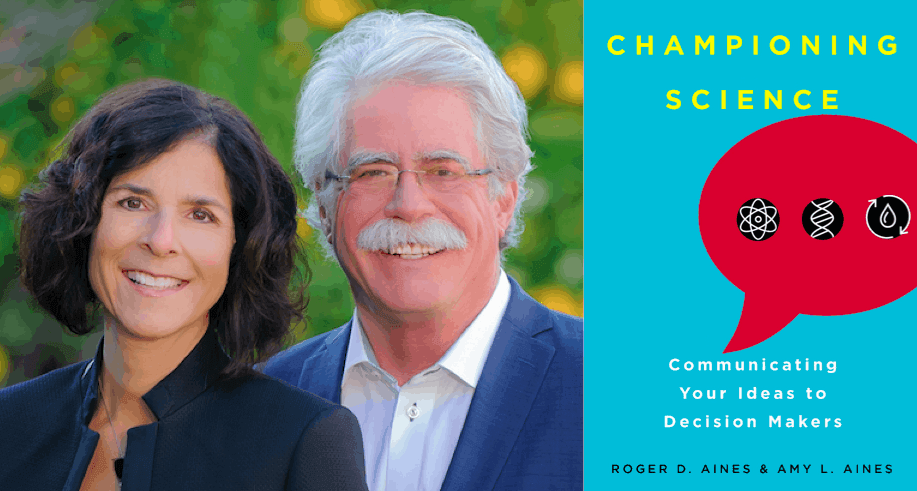About the Book
Championing Science shows scientists how to persuasively communicate complex scientific ideas to decision makers in government, industry, and education. This comprehensive guide provides real-world strategies to help scientists develop the essential communication, influence, and relationship-building skills needed to motivate nonexperts to understand and support their science. Instruction, interviews, and examples demonstrate how inspiring decision makers to act requires scientists to extract the essence of their work, craft clear messages, simplify visuals, bridge paradigm gaps, and tell compelling narratives. The authors bring these principles to life in the accounts of science champions such as Robert Millikan, Vannevar Bush, scientists at Caltech and MIT, and others. With Championing Science, scientists will learn how to use these vital skills to make an impact.


